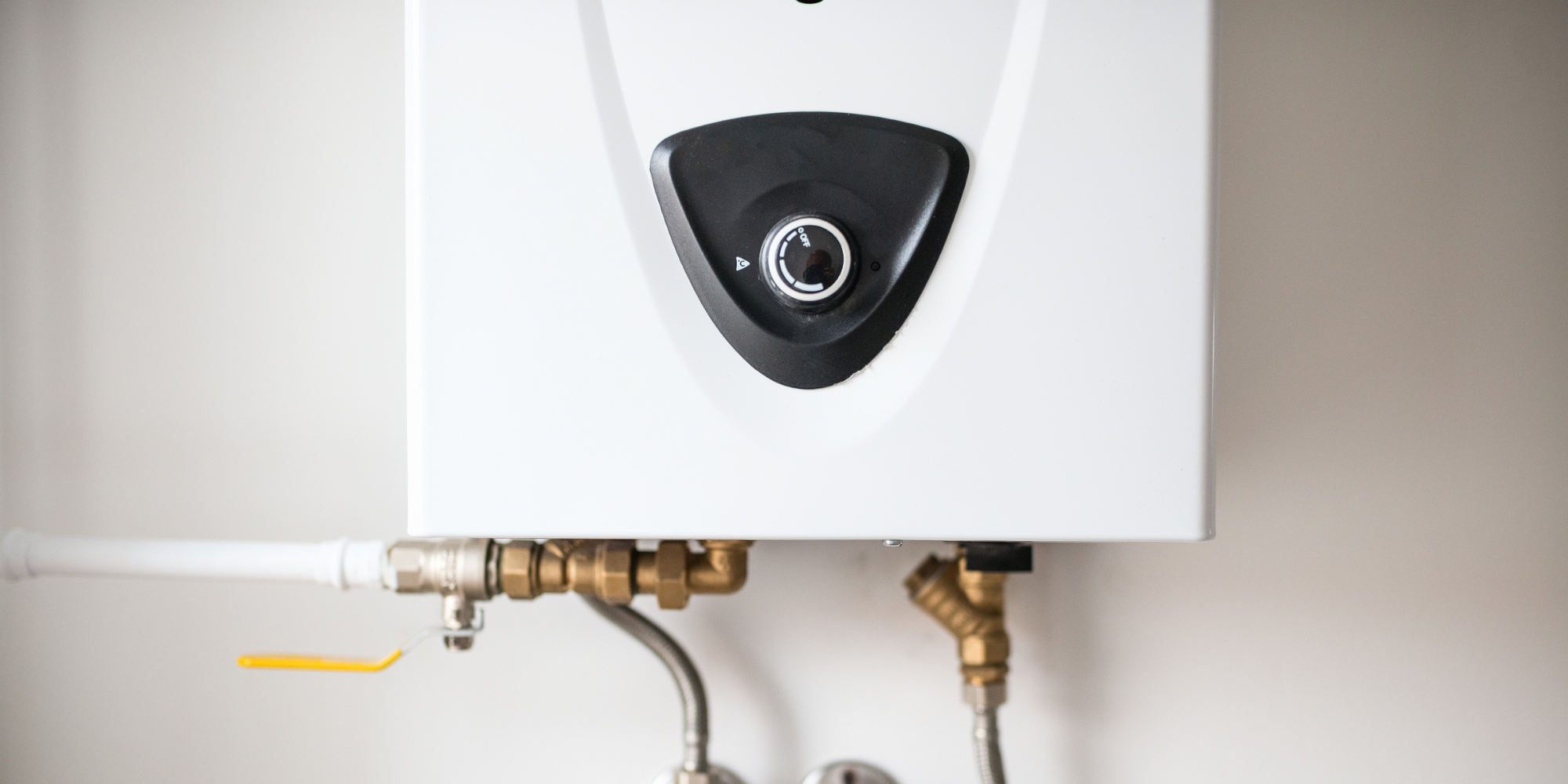What is a Tankless Water Heater and How Does It Work?
When it comes to modernizing your home’s energy systems, one of the most impactful upgrades you can make is installing a tankless water heater. Unlike traditional water heaters that store and constantly heat a large tank of water, tankless water heaters provide hot water on demand, making them both energy-efficient and space-saving.
But what exactly is a tankless water heater, and how does it work? Let’s dive into the basics, explore how these systems operate, and understand why they’ve become a popular choice for homeowners.
What is a Tankless Water Heater?
A tankless water heater, sometimes referred to as an on-demand water heater, is a system that heats water only when you need it. Instead of maintaining a reservoir of hot water like traditional tank-style heaters, it heats the water as it flows through the unit.
This innovation eliminates the "standby heat loss" associated with constantly keeping water hot in a tank, making tankless water heaters a more energy-efficient option for most households.
How Does a Tankless Water Heater Work?
Here’s a step-by-step breakdown of how tankless water heaters function:
Turning on the Tap:
When you open a hot water tap or start an appliance that requires hot water (like a dishwasher or washing machine), cold water enters the tankless water heater through a pipe.
Heating the Water:
As the cold water flows through the unit, it's quickly heated by either a gas burner or an electric element. Since the system is designed to heat the water instantaneously, there is no need for storage, resulting in a continuous supply of hot water.
Hot Water Delivered:
Once heated, the hot water is sent directly to your faucets, shower, or appliances. This entire process occurs almost instantly, providing hot water within seconds of turning on the tap.
Shutting Off the System:
As soon as the hot water tap is turned off, the system shuts down. This automatic stop helps reduce energy consumption and wear on the system.
The Key Components of a Tankless Water Heater
Understanding the basic components of a tankless water heater can help you see how this technology works so efficiently:
Heat Exchanger: This is the core component of the tankless system. The heat exchanger rapidly transfers heat from the gas burner or electric element to the water as it flows through the unit.
Flow Sensor: When water begins flowing through the system, the flow sensor detects this movement and signals the unit to start heating.
Thermostat/Temperature Control: Most modern tankless water heaters allow you to adjust the temperature, so you have control over how hot you want the water to be.
Venting (for gas models): Gas-powered tankless systems need to safely vent exhaust gases, so they are often installed with venting systems to release fumes outdoors.
Why Choose a Tankless Water Heater?
Now that you understand how a tankless water heater works, let’s look at the reasons why so many homeowners are opting to go tankless:
Endless Hot Water:
One of the biggest benefits of a tankless system is its ability to provide continuous hot water. Since it heats water as it flows through, there’s no risk of running out of hot water during long showers or while multiple appliances are in use.
Energy Efficiency:
Traditional water heaters consume energy to keep a full tank of water hot at all times, even when not in use. Tankless systems, on the other hand, only use energy when hot water is needed, which can significantly reduce utility bills. In fact, according to the U.S. Department of Energy, tankless water heaters can be 24-34% more energy efficient than traditional storage water heaters, depending on a home's water usage.
Space-Saving Design:
Without the need for a bulky tank, these water heaters are compact and can be mounted on walls or installed in small spaces like closets, basements, or garages. This frees up valuable space in your home.
Longer Lifespan:
On average, tankless water heaters last longer than traditional systems. While a conventional tank water heater may last about 10-15 years, a tankless unit can last up to 20 years with proper maintenance.
Lower Risk of Leaks and Water Damage:
Since tankless systems don't store water, there is no risk of a large tank rupturing or leaking, reducing the chances of water damage in your home.
Is a Tankless Water Heater Right for You?
While tankless water heaters offer a host of benefits, it’s important to consider a few factors before deciding if one is right for your home:
Upfront Costs: Tankless systems tend to have a higher initial cost compared to traditional water heaters, but they can save money in the long run due to reduced energy bills and a longer lifespan.
Installation Considerations: Depending on your home’s layout and existing plumbing or electrical setup, installing a tankless water heater may require some upgrades, such as additional venting for gas models or increased electrical capacity for electric models.
Water Flow Rate: While tankless systems provide an endless supply of hot water, the flow rate can be limited if multiple fixtures or appliances demand hot water at the same time. However, larger models or multiple units can accommodate higher demand.
A tankless water heater is an innovative solution for homeowners looking to improve energy efficiency, save space, and enjoy endless hot water. With proper installation and regular maintenance, these systems can serve your household's hot water needs for years to come.
If you’re considering upgrading to a tankless water heater, feel free to reach out to Affordable Plumbing, Heat & Electrical. Our expert technicians can help you choose the best model for your home and ensure a seamless installation process!
Looking for a tankless water heater installation? Contact Affordable Plumbing, Heat & Electrical today to learn more!

